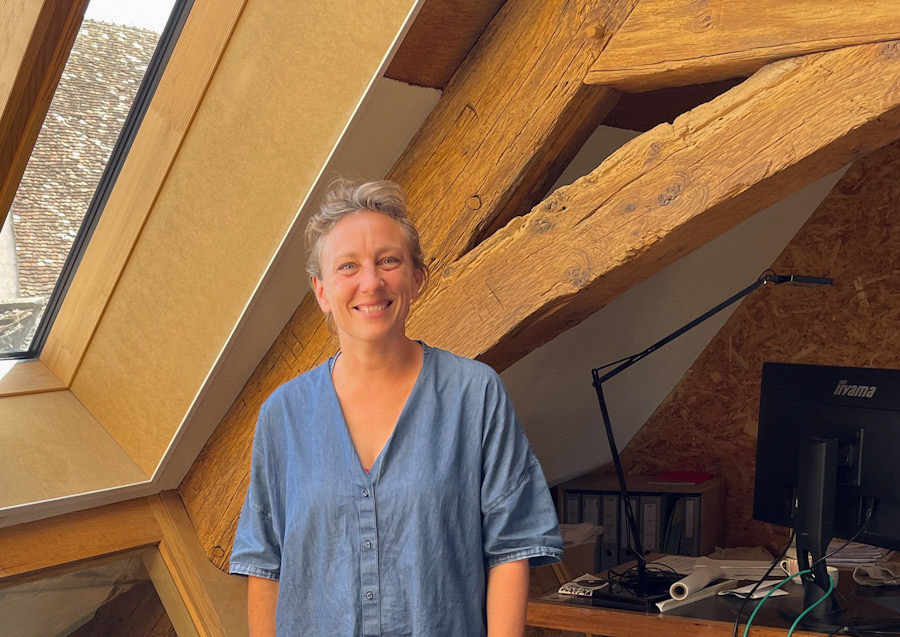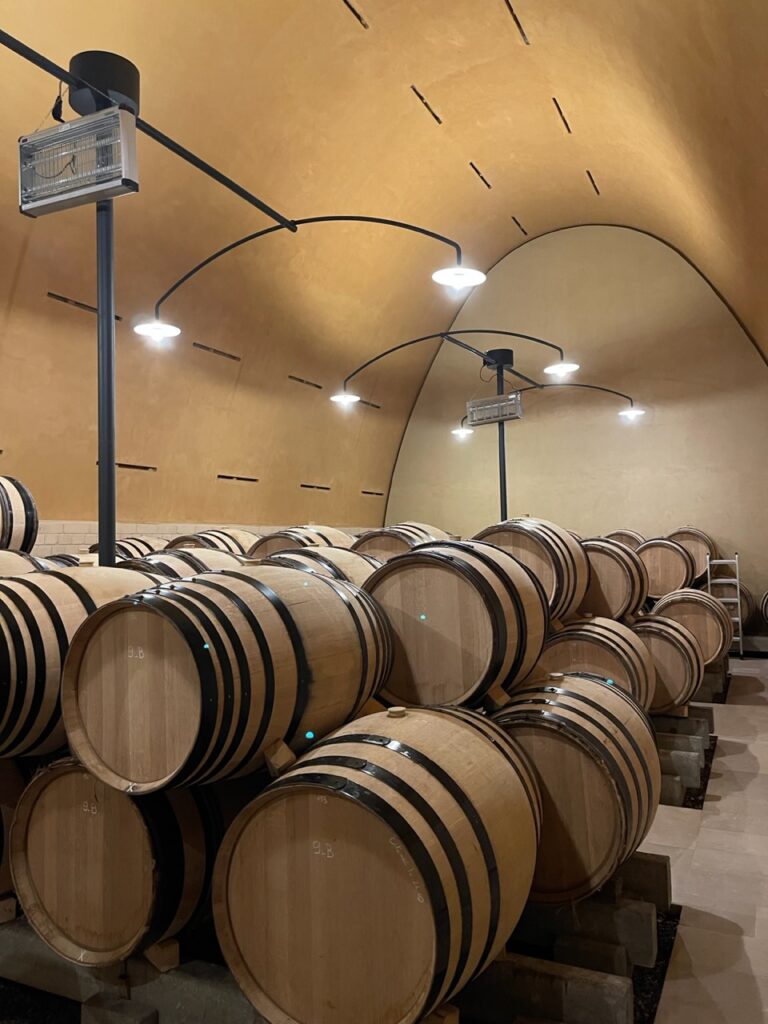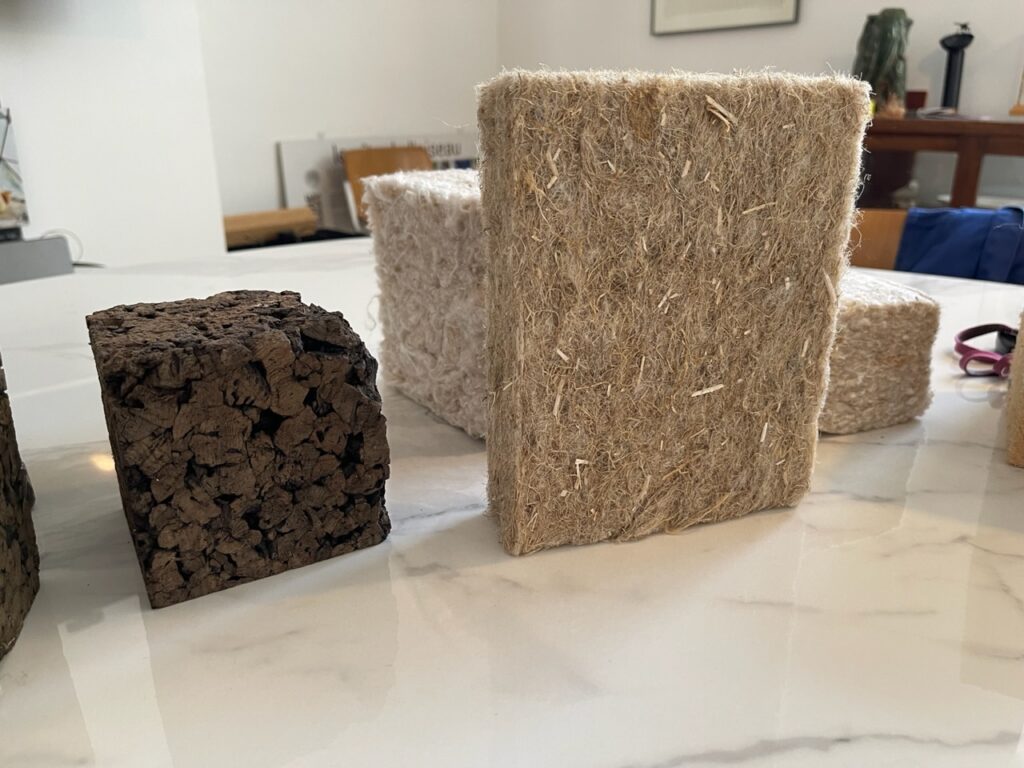We are in what I would call the “golden age” of Burgundy. In every town and village, cranes are working to fulfil the desire of vignerons to expand and improve.
I may not have lived in Burgundy for long, but I have studied its wines, people, and culture for more than 30 years. This was only reinforced after I moved here and discovered the rich cultural life, and the way architectural development and craftsmanship play an important role in the region.

Burgundy has nonetheless changed over the past 20-30 years. Its focus on environment and health has become a big part of the modern-day wine industry. Organic or biodynamic viticulture and winemaking is more and more the name of the game, and this is only the beginning.
Vinification in Burgundy demands space, and some vignerons are increasingly environmentally conscious. If you don’t want pesticides in your vineyard, then most certainly you don’t want a cellar that emits all kinds of petrochemicals from the walls and ceiling. At the same time, the environmental impact of the building is more and more important, and the carbon footprint of its construction – not to mention the wine business itself – is getting greater attention.
Some actually want to do the right thing: build organically, with a low carbon impact.
This is actually possible today in Burgundy, where Marine Leflaive and Emmanuel Dupont of Atelier Zéro Carbone Architectes are devising solutions for those who care about the environmental future.
I had an inspiring talk with Marine and Emmanuel regarding their work, and this is my look into their fascinating world, one which stands on the shoulders of people like Jean-Louis Trapet and Anne-Claude Leflaive, who started the biodynamic wave back in the 1990s.
A magnificent start
One of Marine Leflaive’s first projects was a new cellar – la cave de l’oeuf – for Domaine Leflaive’s elevage in Puligny-Montrachet. It was created with Marine’s mother, Anne-Claude Leflaive, and when one sees this room it breathes world-class architecture, with an hommage to some of the great Finnish architects. It is the combination of architectural talent with an intelligent, strong-willed patron that led to a project with such inner beauty and purpose. It is a stunning work of art.

Building inside out – a place to feel good
The Puligny building has all the elements that today are the core of Marine Leflaive’s work, what one could call “building from within,” with a focus on organic and environmentally friendly products and materials that offer the best possible conditions for the wines – and people – that live and develop within these welcoming buildings.

This is not the normal take on architecture, where the look and outside of a building are key, and the inside and materials play second fiddle in its conception. Of course there is no single right way, but taking materials as a primary element and then designing from them solutions for a project gives endless possibilities. Look at the design of the Leflaive cellar in Puligny and the Dujac cuverie in Morey-Saint-Denis. The requirements were completely different, but met in each case by the solution of building from the inside out.
Each takes the best from local materials and local craftmanship. This emphasis on the local is not only important, it’s crucial if the architecture is to be anchored in the community.
Melting into Burgundian culture and architecture
I know Burgundy well, and its architecture and culture are the result of decades and centuries of refining. Burgundian traditions and craftmanship are highly respected and admired. It is a place of tradition, so strong minds and wills are needed to change the architecture to encompass new building materials and structures in these small villages.
Dujac cuverie
Building inside out has an advantage in that one can adapt the building to fit the surrounding village to a large degree, with respect to tradition and to the people who have lived in that village for generations.
The Seysses family, owner of Domaine Dujac, has not lived in Morey-Saint-Denis for generations, as it moved to Burgundy in the late 1960s. The family is still seen as a new kid on the block, and it will have to live here for a century or two before being accepted as a true local.

Nonetheless, Jacques Seysses understands Burgundy, and wanted a more traditional building when seen from the outside. His son Jeremy wanted a friendly and operational building in which to make the Dujac wines with his family and team.
Marine Leflaive and her colleagues at Atelier Zéro Carbone created a building that appears to have a typical facade, with windows set into traditional Burgundian frames of solid stone. Yet in reality, it was for the first time built in combination with organic materials: an oak frame with straw-based insulation.
Some would say this is the best of both worlds: a traditional exterior with a fully functional modern building inside, and what’s more, environmentally and ecologically sound; a place where both you and the wines will feel good.
The paradox of conserving while evolving
There are naturally compromises to be made with respect to Burgundy’s traditions, its locals, villages, and the fact that it is a UNESCO heritage site. This is a classical architectural conundrum, in the sense that an individual’s taste and vision may challenge the local norms and rules.
The UNESCO World Heritage attribution is a tremendous accolade, ensuring that Burgundy and its vineyards are kept (relatively) intact in a world of constant change.
Many good things can be said about the UNESCO project. However, time is an elastic framework; 100 years can feel like an eternity, yet it’s only 100 years since the borders of Montrachet were fixed (1920), and only around 90 years since Clos de la Roche was assembled (1936). So saying that all traditions are ancient is taking it too far. Actually, the last expansion of Clos de Roche was done in 1971, so even the vineyards are not set in stone.
Some old traditions have clearly changed. Growing pinot noir in many of Puligny-Montrachet’s best vineyards was normal in 1920 when Camille Rodier wrote his book “Le Vin de Bourgogne.”
So things evolve, and while setting rules might slow the process, the Dujac family has shown it’s possible to respectfully adopt new architectural concepts even in a village like Morey-Saint-Denis.
And when eventually the context allows even freer architectural expression, this should be encouraged rather than rigidly constrained by rules that permit no, or very limited, development.
Wines change, people change, and in the end, architecture will have to change to adapt to new practices and demands.
We need visionary people like Anne-Claude Leflaive, Jacques Seysses, and Jean-Louis Trapet to set the bearing, and new visionaries like Marine Leflaive, Jeremy Seysses, and Pierre and Louis Trapet to guide the project forward.
Visionaries take us forward. No rules and regulations have ever done that. They only govern the known and the existing.

 - A true vin d’émotion – a Burgundy of passion
- A true vin d’émotion – a Burgundy of passion - A truly hedonistic wine – lively and enjoyable
- A truly hedonistic wine – lively and enjoyable - A vivacious wine for pure indulgance
- A vivacious wine for pure indulgance - A Vin Vif - fresh, energetic and with a light appearance
- A Vin Vif - fresh, energetic and with a light appearance
Leave a Reply
You must be logged in to post a comment.